
President Trump has been bombarded with reasons to keep the United States in the climate agreement the international community achieved two years ago in Paris. Everyone from the Pope to America’s leading CEOs have urged Trump to stay the course.
As he nears a decision, Trump also has been peppered with platitudes from predictable lobbies about how the Paris deal, as well as climate action in general, will bankrupt the economy and kill jobs. That is a false fear. Consider:
- Common sense tells us that climate change is far more likely to bankrupt the economy than climate action. The impacts of a disrupted climate will carry enormous costs for families, communities, businesses and governments. The costs will be reflected in everything from food prices families pay because of cropland drought or flooding, to higher premiums for homeowners’ insurance and higher taxes to cover rising government costs for disaster preparation, response and recovery.
- A successful international collaboration to cut carbon emissions is good for the U.S. economy. Economists at New York University have calculated that the current climate policies of other nations have benefited the U.S. economy by more than $200 billion. Future actions like those nations have pledged as a result of the Paris accord could save the United States more than $2 trillion by 2030 and more than $10 trillion by 2050, the economists report.
- Trump is trying to rescind the cornerstone of the United States’ commitment in the Paris deal, EPA’s Clean Power Plan to limit carbon pollution from power plants. But the Plan would likely lead to a net increase of 360,000 American jobs in 2020 – a gain that would decline but remain positive through 2030 – according to the Economic Policy Institute. Among other things, the Plan would result in more carbon-free wind and solar power in the United States, two technologies that are already creating jobs 12 times faster than the overall economy. Energy efficiency, another fundamental tool for cutting carbon emissions, already employs more than 2 million Americans.
These are a small sample of why it is in the national interest for the United States to remain a party to the Paris deal, even if the Administration only represents what is being done by our states and cities. Trump should also embrace one of the provisions that bothers America Firsters: the promise that the United States and other advanced nations will help developing countries grow their economies with clean energy. As the New York University’s research shows, it helps us to help others. Firsters can take comfort, too, in how the Paris deal handles the age-old tension between national sovereignty and international agreements. Each nation’s participation and specific commitments to reduce carbon pollution are self-determined and voluntary.
Beyond jobs, economics and sovereignty concerns, there is a fundamental reason that America cannot be an outlier on climate change: It is physically impossible. Every nation’s carbon emissions and carbon reductions affect every other nation. Here are some animations to illustrate this:
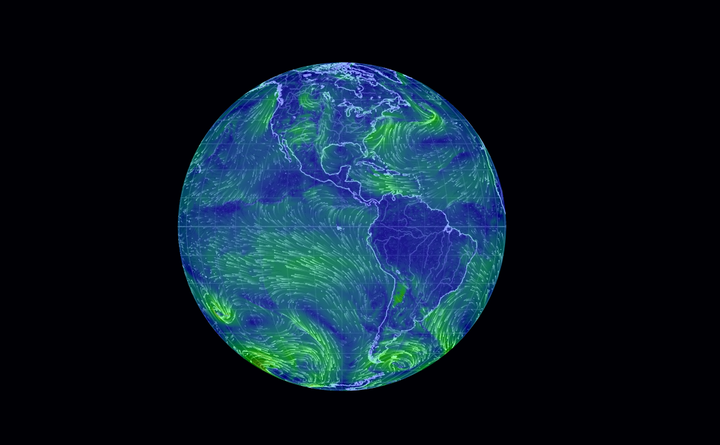
Animation 1: Nations have borders, but natural systems don’t. This animation from NOAA shows how ocean currents and wind patterns circulate worldwide. These natural conveyor belts ensure that every nation’s carbon pollution affects every other.
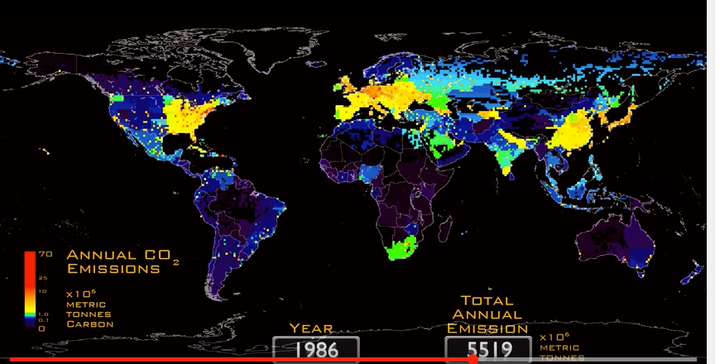
Animation 2: Looking back nearly 280 years, we can see how carbon pollution from industrialization began in England, then spread to other countries and regions. The emissions illustrated here were the result of human fossil fuel combustion, gas flaring and cement production from 1751 to 2008.

Animation 3: Riding on large-scale weather patterns, CO2 pollution circulates around the global. What is not absorbed by oceans and terrestrial carbon “sinks” accumulates in the atmosphere to produce the greenhouse effect. It has become a global problem whose solution requires a sustained and collaborative international response.
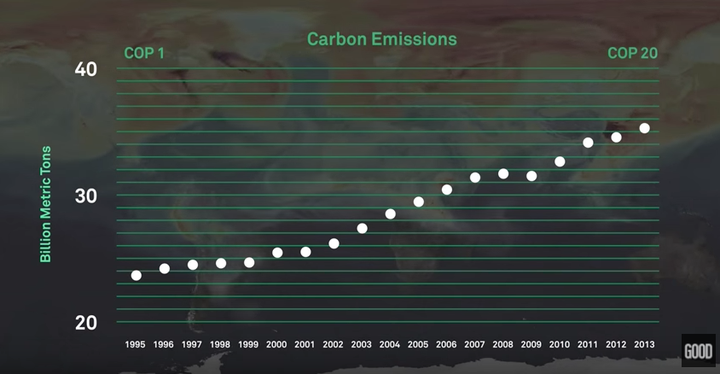
Animation 4: Nations began working on a climate deal in 1995. It took more than 20 years of negotiations to achieve the Paris agreement. Meantime, carbon emissions continued to climb, making an effective response to climate change more difficult and expensive. The long road to international cooperation is what made the Paris agreement so historic.
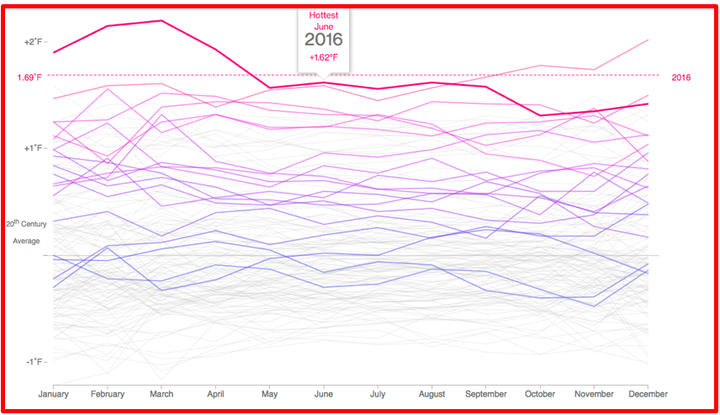
Animation 5: Signals from the planet tell us that time is running out to prevent runaway climate change. This graph depicts 137 years of scientific records that show how humans are transforming Earth’s climate. The bright red line at the top represents 2016, the third year in a row that set a new record. The surge in planetary temperatures over this time period have been the steepest and most sustained in the modern age.

Animation 6: The early impacts of climate change already are underway in the United States, manifesting as record-setting rain and snow storms, heat waves, floods, drought and sea-level rise. This animation shows how drought progressed in the U.S. during 2015.
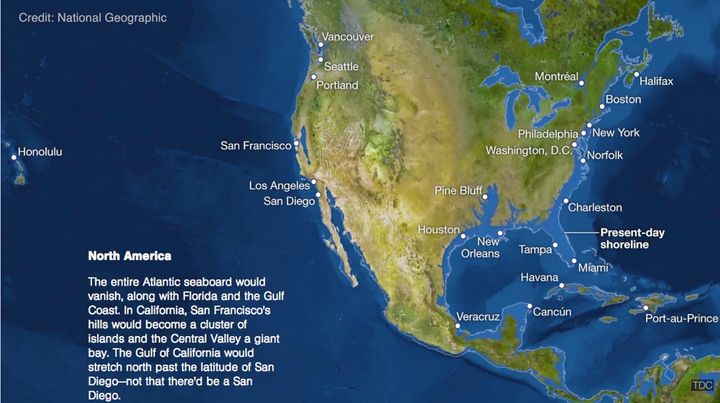
Animation 7: With warmer oceans expanding and with polar ice melting, NASA reports that sea levels are rising by 0.35 millimeters per year. While that sounds like very little, some coastal communities in America’s Mid-Atlantic region are experiencing floods more than 45 days per year. In parts of New Jersey, floods are 10 times more common than in the 1950s. This animation shows that If all of the Earth’s ice melted, seas would put some of the world’s largest cities completely underwater.
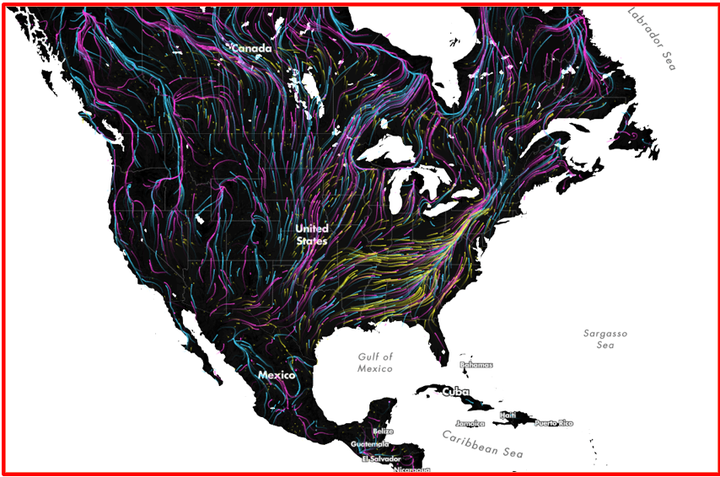
Animation 8: Global warming will affect vegetation and wildlife as well as humans. This map shows the likely migratory routes of mammals, birds and amphibians as they try to follow the conditions that are hospital to their species. Recent studies at Purdue University have found that tree species in the U.S. are already moving north and west to follow water availability.
These are a few of the things we should hope that President Trump thinks about as he make his final decision on the U.S. government’s role in international climate action.
